Industry insights and Go-To-Market expertise
Discover the latest insights and expert know-how to unlock your Financial Markets brand's full potential.
Now, it’s all about the ‘how’
Now, it’s all about the ‘how’
April 10, 2024To paraphrase Fun Boy Three in their 80s hit (and the 1939 original with Ella Fitzgerald), “It’s not what you do it’s th...
The 5 pillars of perfecting a financial services brand
The 5 pillars of perfecting a financial services brand
April 10, 2024Having a strong brand carries a number of benefits. It’s key to gaining recognition and credibility. It’s what helps you...
PPC for B2B financial services
PPC for B2B financial services
April 10, 2024We help the financial and capital markets generate leads with our highly targeted PPC campaigns. Based in London and ser...
How to build financial media relations: a 4-minute guide
How to build financial media relations: a 4-minute guide
April 10, 2024While it’s rarely mentioned as often as things like equity growth and earnings per share, PR is vital in the financial m...
Popular Posts
The 5 pillars of perfecting a fin...
10 April, 2024
Now, it’s all about the ‘how’
10 April, 2024
How to build financial media rela...
10 April, 2024



.png?width=75&height=90&name=DataboxPremierPartner_b1a51f%20(1).png)
